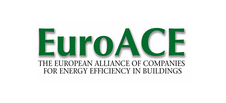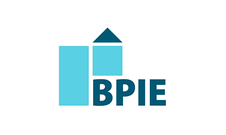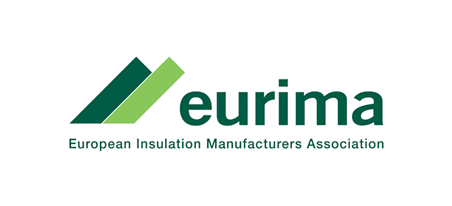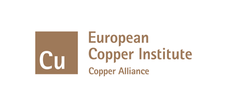Search eceee proceedings
Cross-sectoral policymaking, a way to achieve an energy efficient transport system? The case of Stockholm and Gothenburg
Panel: 4. Mobility, transport, and smart and sustainable cities
This is a peer-reviewed paper.
Author:
Linnea Eriksson, Linköping University
Abstract
Public policy and more specifically cross-sectoral policymaking are considered necessary tools for the transition to an energy-efficient, non-fossil transport system. Thus, the organizational structure and working practices of involved actors are of relevance to the policy content and how it is implemented. The aim of this paper is to analyze the presence of and work with cross-sectoral regional policymaking to address its implications for the development of a more energy-efficient transport system. In Sweden growing transport volumes have made transport increasingly regional, especially in the regions containing a larger urban area. This paper, therefore, builds upon two qualitative case studies of the largest urban regions in Sweden: Stockholm and Gothenburg. Different administrative borders, organizational structures, traditions and approaches to cross-sectoral collaborations characterize the cases. The results show that cross-sectoral collaboration does not necessarily lead to cross-sectoral policymaking, which will not necessarily result in a more energy-efficient transport system. This is due to the level within which the collaboration takes place (if it is on the goal or action level), the territoriality of the collaboration, sectoral power structures and the participants’ spatial embeddedness. To be successful in changing policymaking for transport towards energy efficiency, it is important to consider these aspects and take action to solve the potential problems before a cross-sectoral collaboration process is formed. This leads to transport policy based on a conventional approach to planning and limits its energy objectives.
Downloads
Download this paper as pdf: 4-217-17_Eriksson.pdf
Download this presentation as pdf: 4-217-17_Eriksson_presentation.pdf
Panels of
1. Foundations of future energy policy
2. Policy: governance, design, implementation and evaluation challenges
4. Mobility, transport, and smart and sustainable cities
5. Buildings and construction technologies and systems
6. Buildings policies, directives and programmes
7. Appliances, products, lighting and ICT
8. Monitoring and evaluation: building confidence and enhancing practices























